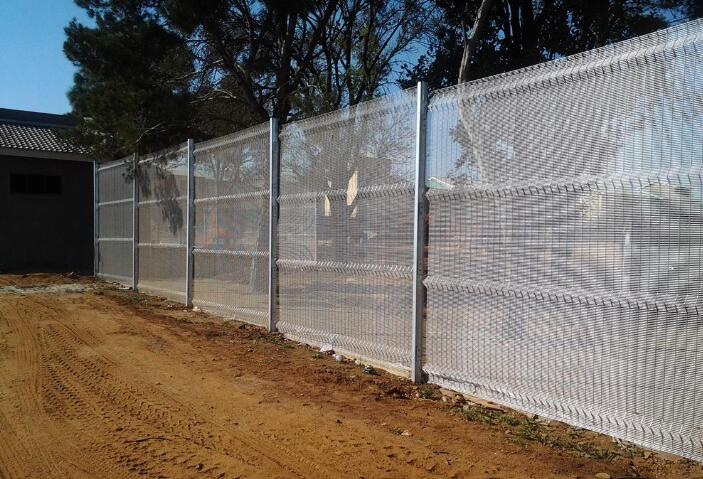In the realm of training and simulation, Augmented Reality A Breakthrough in Training and Simulation has emerged as a revolutionary technology, offering unprecedented opportunities to enhance learning, skill development, and real-world preparation across various industries. By merging virtual elements with physical environments, AR transforms training scenarios into immersive experiences that bridge the gap between theory and practice.
Understanding Augmented Reality in Training and Simulation
Augmented reality enriches training programs by overlaying digital information such as instructional guides, interactive simulations, and virtual environments onto real-world settings. This technology enhances realism and engagement, allowing trainees to interact with dynamic content and scenarios that mimic actual job conditions.
Enhanced Learning and Retention
Imagine medical students practicing surgical procedures on virtual patients overlaid onto operating tables. AR facilitates experiential learning where trainees can repeat tasks, receive real-time feedback, and internalize complex procedures more effectively, leading to higher retention rates and competence.
Simulation of Hazardous Environments
For industries like mining or firefighting, AR simulates hazardous environments where trainees can practice safety protocols and emergency responses without physical risk. Virtual simulations enable realistic training scenarios that prepare workers for unpredictable situations, ensuring preparedness and minimizing workplace accidents.
Equipment Maintenance and Repair
AR aids technicians by providing virtual guides and overlays that assist in equipment maintenance and repair. Mechanics can view schematics, identify faulty components, and follow step-by-step instructions directly within their workspace, optimizing efficiency and reducing downtime in operational settings.
Applications Across Various Industries
Aviation and Aerospace Training
In aviation, AR enhances pilot training by simulating cockpit environments, flight maneuvers, and emergency procedures. Pilots can practice in diverse weather conditions and airspace scenarios, honing their skills in a safe and controlled environment that mirrors real-world challenges.
Military and Defense Applications
AR plays a critical role in military training by offering soldiers immersive battlefield simulations, tactical exercises, and equipment familiarization. Training scenarios can be adjusted dynamically, allowing personnel to adapt strategies and responses to evolving threats with enhanced readiness and effectiveness.
Manufacturing and Assembly Processes
In manufacturing, AR optimizes assembly line processes by overlaying digital instructions and quality checks onto production stages. Workers can visualize assembly sequences, detect errors, and ensure compliance with safety standards, improving productivity and product quality across manufacturing operations.
Technological Advancements and Integration
Recent advancements in AR technology, such as spatial mapping and gesture recognition, enhance user interaction and realism in augmented training environments. These innovations enable seamless integration into existing training programs and operational workflows, maximizing the effectiveness of AR applications.
Remote Collaboration and Training
AR facilitates remote collaboration by connecting experts and trainees in virtual environments where knowledge transfer and skill development occur in real-time. Remote training sessions can span geographic distances, leveraging AR for interactive demonstrations and mentorship across global teams.
Challenges and Future Outlook
While augmented reality offers transformative benefits in training and simulation, challenges such as cost of implementation, technological scalability, and integration with legacy systems need addressing. Continued research and development, along with industry collaboration, are essential to overcoming barriers and unlocking the full potential of AR in training applications.
Conclusion
In conclusion, augmented reality represents a breakthrough in training and simulation by revolutionizing how skills are acquired, practiced, and mastered across diverse industries. By immersing trainees in virtual environments that replicate real-world scenarios, AR enhances learning outcomes, operational preparedness, and safety standards in dynamic and interactive ways.
As AR continues to evolve, its role in training and simulation will expand, offering new possibilities for enhancing workforce capabilities and operational efficiencies. Embracing the transformative power of augmented reality ensures that organizations can meet the challenges of tomorrow with a workforce that is skilled, adaptable, and ready to excel in an increasingly complex and competitive global landscape.





More Stories
How Augmented Reality is Shaping Smart Cities
Augmented Reality: Bridging the Gap Between Real and Virtual
Explore Augmented Reality in Everyday Applications